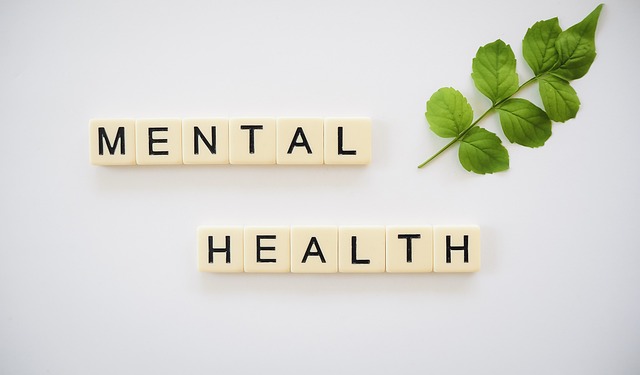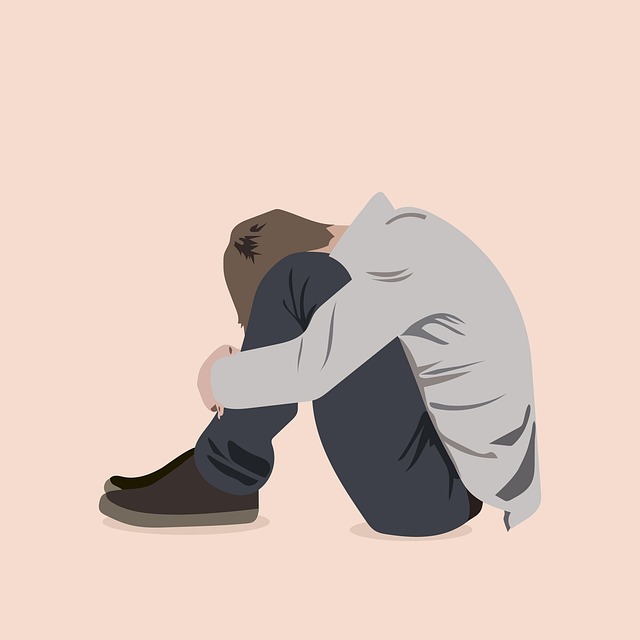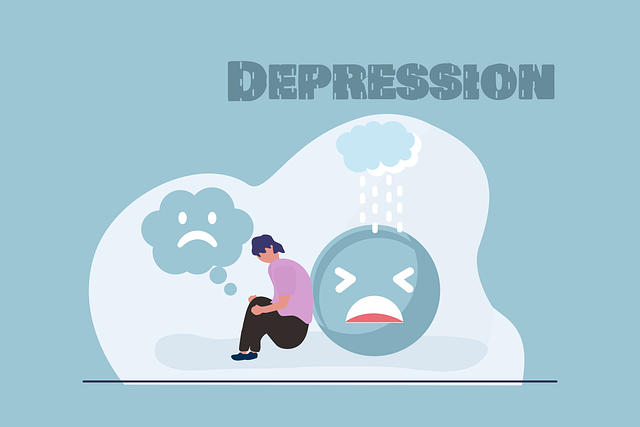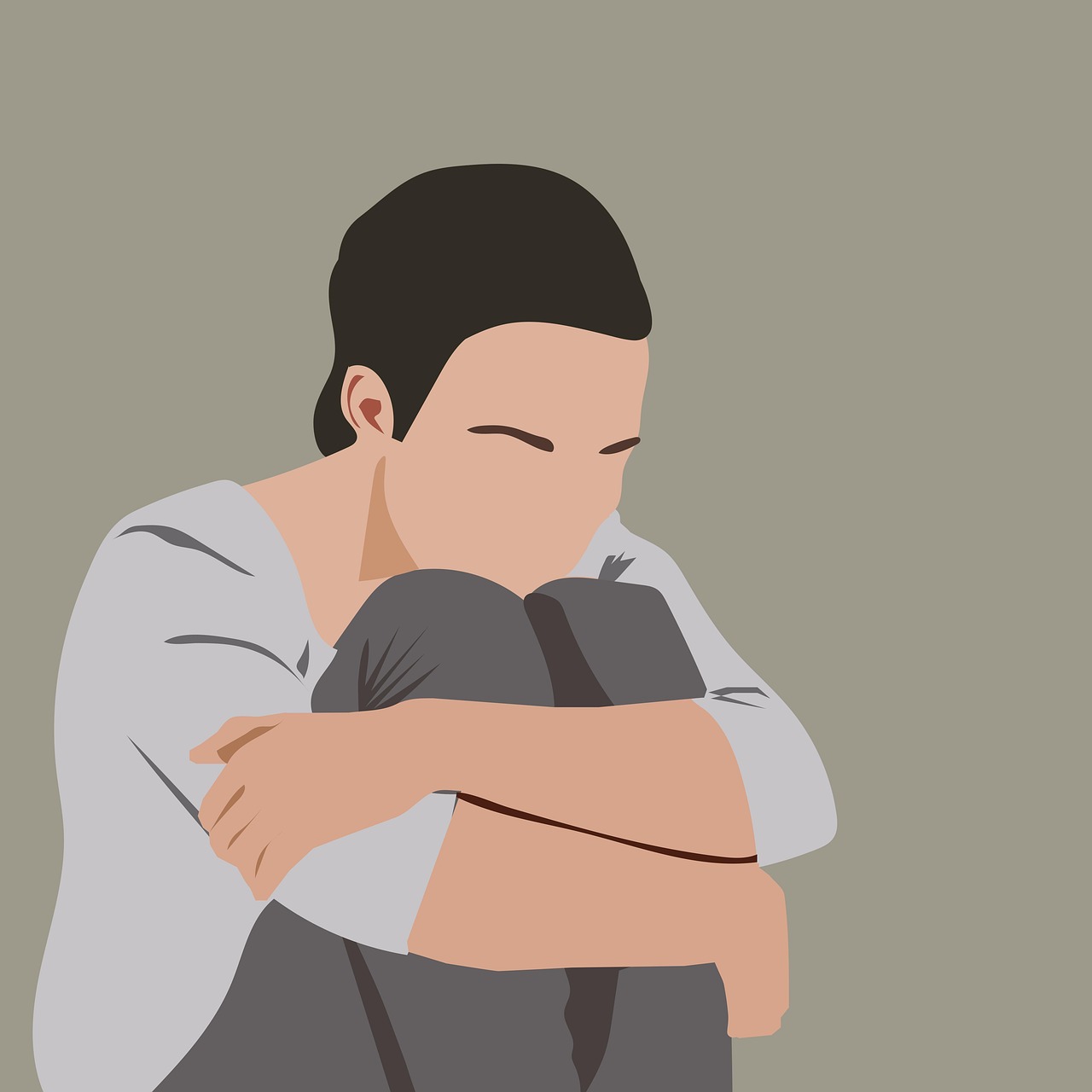Sleep is often hailed as a cornerstone of overall health, yet its profound impact on reproductive health is frequently overlooked. For both men and women, sleep plays a critical role in regulating hormones, maintaining fertility, and supporting reproductive functions. Chronic sleep deprivation or poor-quality sleep can disrupt these delicate processes, leading to hormonal imbalances, reduced fertility, and other reproductive challenges. In this article, we’ll explore the intricate connection between sleep and reproductive health, how sleep affects fertility in men and women, and practical steps to optimize sleep for better reproductive outcomes.
The Role of Sleep in Hormonal Regulation
Hormones govern nearly every aspect of reproductive health, from ovulation and sperm production to libido and pregnancy maintenance. Sleep is essential for the proper functioning of the endocrine system, which produces and regulates these hormones. Disruptions in sleep patterns—whether due to insomnia, shift work, or sleep disorders—can interfere with hormonal balance and impair reproductive function.
Key Hormones Affected by Sleep
- Melatonin : Often referred to as the “sleep hormone,” melatonin also has antioxidant properties that protect eggs and sperm from oxidative stress. It regulates the circadian rhythm, which influences menstrual cycles and ovulation.
- Cortisol : Elevated cortisol levels caused by poor sleep can suppress reproductive hormones like progesterone and testosterone, impacting fertility.
- Leptin : This hormone, which regulates appetite and energy balance, also signals the brain to trigger ovulation. Sleep deprivation lowers leptin levels, potentially disrupting ovulation in women.
- Testosterone : In men, testosterone production peaks during deep sleep. Chronic sleep loss can lead to lower testosterone levels, reducing sperm quality and libido.
- Luteinizing Hormone (LH) : LH triggers ovulation in women. Sleep disturbances can disrupt the timing and amplitude of LH surges, affecting fertility.
How Sleep Impacts Reproductive Health in Women
For women, sleep is intricately linked to menstrual cycles, fertility, and pregnancy. Here’s how sleep influences reproductive health:
1. Menstrual Cycle Regularity
Sleep deprivation can disrupt the hypothalamic-pituitary-ovarian (HPO) axis, which controls the menstrual cycle. Irregular sleep patterns may lead to missed or irregular periods, making it harder to predict ovulation and conceive.
2. Ovulation and Fertility
Ovulation relies on precise hormonal signaling, which is sensitive to sleep disruptions. Studies have shown that women who experience chronic sleep deprivation or work night shifts are more likely to have irregular cycles and reduced fertility.
3. Pregnancy Outcomes
Adequate sleep is crucial during pregnancy to support fetal development and maternal health. Poor sleep increases the risk of complications such as gestational diabetes, hypertension, and preterm birth. Additionally, sleep disorders like sleep apnea are associated with adverse pregnancy outcomes.
4. Polycystic Ovary Syndrome (PCOS)
Women with PCOS often struggle with insulin resistance and hormonal imbalances. Poor sleep exacerbates these issues, worsening symptoms like irregular periods, weight gain, and infertility.
How Sleep Impacts Reproductive Health in Men
Men’s reproductive health is equally dependent on good sleep. Sleep deprivation can affect sperm quality, testosterone levels, and overall fertility. Here’s how:
1. Sperm Quality and Quantity
Studies have found that men who consistently get less than six hours of sleep per night have lower sperm counts, reduced motility (movement), and abnormal morphology (shape). These factors significantly decrease the chances of conception.
2. Testosterone Production
Testosterone levels are closely tied to sleep quality and duration. Most testosterone is produced during deep sleep, so inadequate rest can lead to low testosterone, which affects libido, erectile function, and sperm production.
3. Stress and Erectile Dysfunction
Chronic sleep loss elevates cortisol levels, contributing to stress and anxiety. High cortisol can impair blood flow to the genitals, increasing the risk of erectile dysfunction (ED).
4. DNA Fragmentation in Sperm
Poor sleep has been linked to increased oxidative stress, which damages sperm DNA. This not only reduces fertility but also raises the risk of miscarriage or developmental issues in offspring.
The Impact of Sleep Disorders on Reproductive Health
Certain sleep disorders can have a particularly detrimental effect on reproductive health:
1. Obstructive Sleep Apnea (OSA)
OSA causes repeated interruptions in breathing during sleep, leading to fragmented rest and oxygen deprivation. In women, OSA is associated with menstrual irregularities, reduced fertility, and complications during pregnancy. In men, it contributes to low testosterone and sexual dysfunction.
2. Insomnia
Insomnia disrupts the body’s natural circadian rhythms, interfering with hormone production and regulation. This can delay or prevent ovulation in women and reduce sperm quality in men.
3. Shift Work Sleep Disorder
Individuals who work night shifts or rotating schedules often experience misaligned circadian rhythms. This disruption can suppress reproductive hormones, impair fertility, and increase the risk of pregnancy complications.
Practical Tips for Optimizing Sleep for Reproductive Health
Improving sleep hygiene can have a profound impact on reproductive health. Here are some actionable strategies for men and women:
1. Prioritize Consistent Sleep Schedules
Go to bed and wake up at the same time every day, even on weekends. Consistency reinforces your circadian rhythm, promoting optimal hormone production.
2. Create a Sleep-Friendly Environment
Ensure your bedroom is cool, dark, and quiet. Use blackout curtains, white noise machines, or earplugs if necessary. Invest in a comfortable mattress and pillows to enhance sleep quality.
3. Limit Screen Time Before Bed
Blue light emitted by phones, tablets, and computers suppresses melatonin production. Avoid screens for at least an hour before bedtime, or use blue-light-blocking glasses.
4. Practice Relaxation Techniques
Stress and anxiety can interfere with sleep. Incorporate mindfulness meditation, deep breathing exercises, or gentle yoga into your nightly routine to calm your mind.
5. Maintain a Healthy Lifestyle
Regular physical activity, a balanced diet, and avoiding stimulants like caffeine and nicotine can improve both sleep and reproductive health.
6. Address Underlying Sleep Disorders
If you suspect you have a sleep disorder like OSA or insomnia, seek medical evaluation. Treatments such as CPAP therapy for OSA or cognitive-behavioral therapy for insomnia (CBT-I) can restore healthy sleep patterns.
7. Manage Work-Life Balance
For shift workers, try to maintain a regular sleep schedule on days off and create a relaxing pre-sleep routine to signal your body that it’s time to rest.







